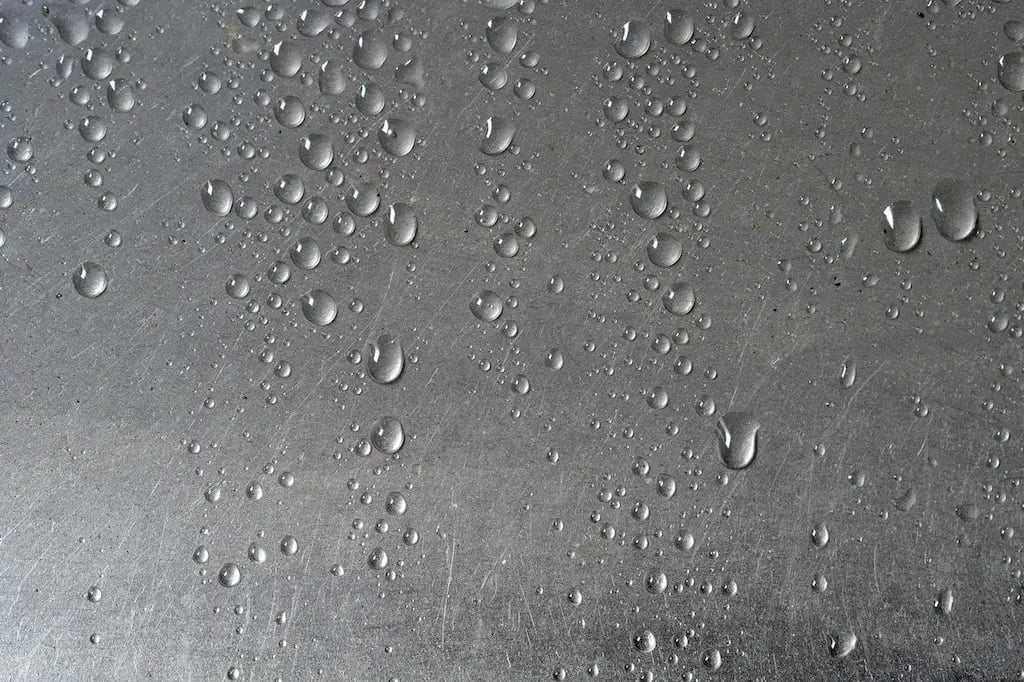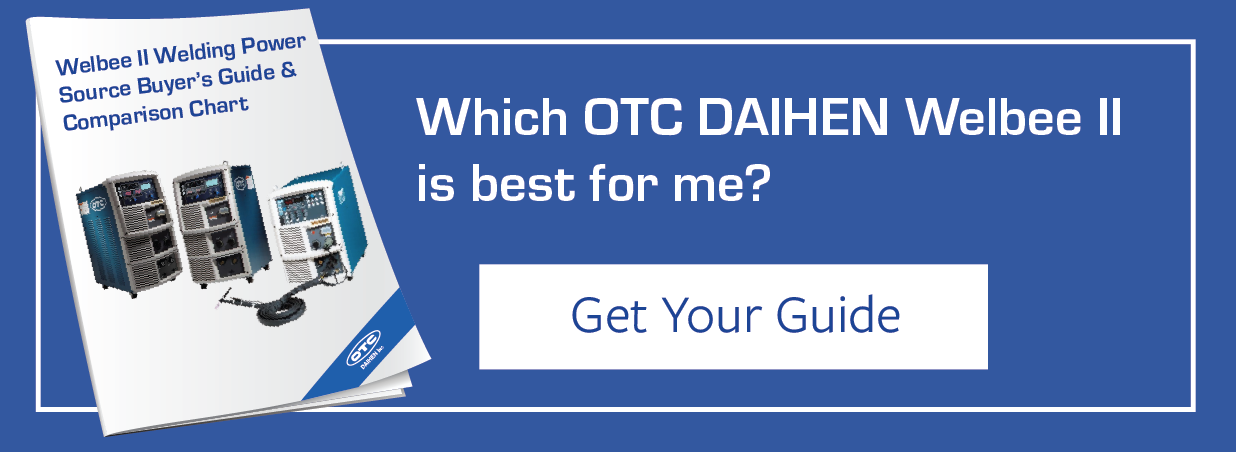.webp?width=761&height=400&name=featured-reduce-weld-porosity%20(1).webp)
The blog was originally posted in 2016 and updated in 2023 with new information.
When you're under a deadline to complete production, the last thing you need are quality issues. Unfortunately, weld porosity is a common problem in welding applications. Fortunately, it's also relatively easy to fix. How do you reduce porosity in your production line? We've taken a look at the causes of weld porosity and found the easiest ways to reduce it.
What Is Weld Porosity?
Porosity in welding refers to the presence of cavities or pores that form within a weld when trapped gas cannot escape before the weld solidifies. These cavities can result in a decrease in the weld's strength and integrity.
What Causes Porosity Issues When Welding?
The leading causes of porosity in welding include:
- Contamination of the weld pool by air, usually due to inadequate gas shielding.
- Use of a damp electrode or flux.
- Rust, paint or oil on the workpiece.
- Incorrect electrode size or type.
- Leaks in the gas line/system.
- Moisture on the workpiece.
- Too high a welding current.
- Too high of voltage.
- Incorrect or unstable arc length.
- Extinction of the arc in multi-run welds.
- High sulfur content in parent materials (free machining steels).
- Fumes from certain materials, such as when welding zinc-plated steel.
How Do You Reduce Weld Porosity?
Factors like contamination, equipment issues, incorrect welding techniques and the nature of the materials being welded are frequent causes of weld porosity. Three ways to reduce weld porosity include:
1. Correct Shielding Gas Issues
This is quite possibly the largest source of porosity issues if you're working with quality materials. Whether it's an empty cylinder, a kinked hose, a draft or even too high of a flow rate, all of these involve not having adequate gas to shield the molten weld pool.
Empty cylinders happen all the time, with a kinked hose being the next most common culprit. Drafts can carry away the shielding gas on an otherwise perfect setup. If increasing gas flow isn't fixing the problem or is making it worse, the turbulence caused by the gas flow may be drawing outside air into the welding area, causing porosity.
2. Clean and Dry the Metal Thoroughly
Before welding, evaluate the material. Is it clean and dry? Is there any grease or residue left from the manufacturing process that will vaporize and form gas pockets in the weld when it becomes molten?
Evaluate the factory conditions. A humid location may deposit moisture on the metal in the form of condensation when temperatures fall. Steam from the moisture can also cause porosity issues.

3. Remove Other Potential Sources of Weld Contamination
There are a number of other ways contamination can enter the weld. Check the entire system to make sure it's free of contamination by asking:
- Is the wire you're using of good quality?
- What about you’re shielding gas source?
- Are you using too much anti-spatter compound in your process?
- Is the gun liner contaminated?
- Is the weld joint open at the base, allowing it to draw air in from behind?
- Are the welding guns' O-rings in good condition or are they allowing outside air in?
- Is the torch seated properly into the feeder?
- Is the gas line contaminated or in poor condition, allowing contaminants or outside air in?
These are all potential sources of contamination that can cause welding porosity issues.
Bonus Tip: Evaluate Your Welding Equipment
The quality of welding equipment and its technology directly influences the quality of the weld. Investing in welding systems with advanced technology can increase productivity, overcome quality issues such as porosity, improve safety and provide simple setup and ease of use for welders of all skill levels.
For example, OTC DAIHEN has developed the revolutionary Synchro Feed Evolution welding technology, which combines a wire retraction system in the torch with a high-speed processor in the power source that together creates minimal spatter and a stable arc. When welding zinc-plated steel, Synchro Feed Evolution enlarges the molten pool, which facilitates the release of zinc vapor and prevents porosity, along with pitting and blowholes.
OTC DAIHEN’s advanced welding power source, the Welbee II, also makes it easier to overcome challenges such as weld porosity with its real-time monitoring to alert when changes are needed before issues arise. It has easy monitoring of amperage and voltage values to allow for evaluation of the welding process.
Learn More About Welbee Power Sources
Get the complete guide to all the Welbee models and features in our Welbee II Welding Power Source Buyer’s Guide and Comparison Chart.
At OTC DAIHEN, we are your one-stop shop, which means we produce everything you need — a welder, robot, torch, wire feeder and all the know-how to put it together and apply it to your toughest welding challenges. Contact your OTC DAIHEN rep today to learn more.




